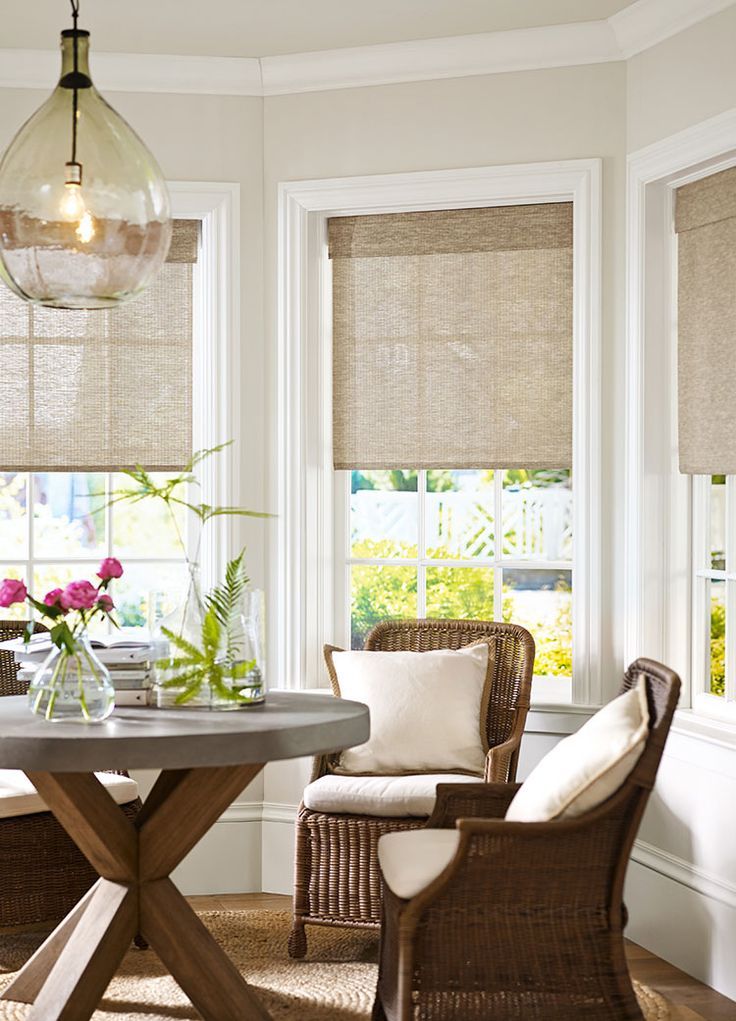Read more about Retractable screens here.
A well-maintained screen is essential for enhancing the comfort and aesthetics of any outdoor space. Whether you have a patio screen, porch screen, lanai screen, or a fully enclosed screen room, ensuring that your screens are in perfect condition is key to enjoying a bug-free and comfortable living area.
Understanding Different Screen Types
Patio Screen
A patio screen extends your living space to the outdoors while protecting you from insects and debris. These screens are typically made from durable materials like fiberglass or aluminum, designed to withstand various weather conditions.
Porch Screen
Porch screens are ideal for transforming your porch into a year-round living space. They provide a barrier against insects and other pests, and can even help in moderating temperature, making your porch a cozy retreat.
Lanai Screen
Lanai screens are popular in regions with warmer climates. These screens are used to enclose lanais, providing shade and a bug-free environment while allowing you to enjoy the outdoors from the comfort of your home.
Screen Room
A screen room offers a more permanent solution for those looking to create a dedicated outdoor living area. Enclosed with sturdy screens, it offers excellent protection from pests and weather elements, making it an ideal year-round outdoor room.
Common Screen Repair Issues
Regular maintenance and occasional repairs are essential for extending the life of your screens. Here are some common issues you might encounter:
- Tears or Holes: Small tears can be patched up easily, but larger holes may require screen replacement.
- Loose Frames: Over time, frames can become loose due to weathering. Tightening or reinstalling the frames can help.
- Discoloration: Exposure to the sun can cause discoloration. Replacing the screen can restore its original appearance.
- Mildew and Mold: Moist conditions can lead to mildew or mold build-up. Cleaning agents or screen replacement may be necessary.
Steps for Basic Screen Repair
- Inspect: Examine the screen for any visible damage or wear.
- Remove: Carefully remove the damaged screen from its frame.
- Repair or Replace: Depending on the extent of the damage, either repair the tears using a patch or replace the screen entirely.
- Reinstall: Reattach the screen to the frame ensuring it is taut and secure.
FAQs on Screen Repair and Maintenance
How often should I inspect my screens?
It is recommended to inspect your patio screens, porch screens, lanai screens, and screen rooms at least twice a year. Regular inspections can help identify and fix minor issues before they turn into major problems.
Can I repair small tears on my own?
Yes, small tears and holes can be easily fixed using a screen patch kit available at most home improvement stores. For larger damages, professional help might be necessary.
What materials are best for screen replacements?
Fiberglass and aluminum are two of the most common materials. Fiberglass is durable and resistant to corrosion, while aluminum is strong and can withstand extreme weather conditions.
Can screens help in reducing energy costs?
Yes, especially porch screens and lanai screens that provide shade and reduce heat gain in your outdoor living spaces, potentially lowering cooling costs.
How do I prevent mildew build-up on my screens?
Regular cleaning with mild soap and water can help prevent mildew. Ensure proper ventilation to keep the area dry, which reduces the potential for mildew and mold growth.
Ensuring that your patio screens, porch screens, lanai screens, and screen rooms are in top condition involves regular maintenance and timely repairs. By following these guidelines, you can enjoy a comfortable, pest-free outdoor living space year-round.



